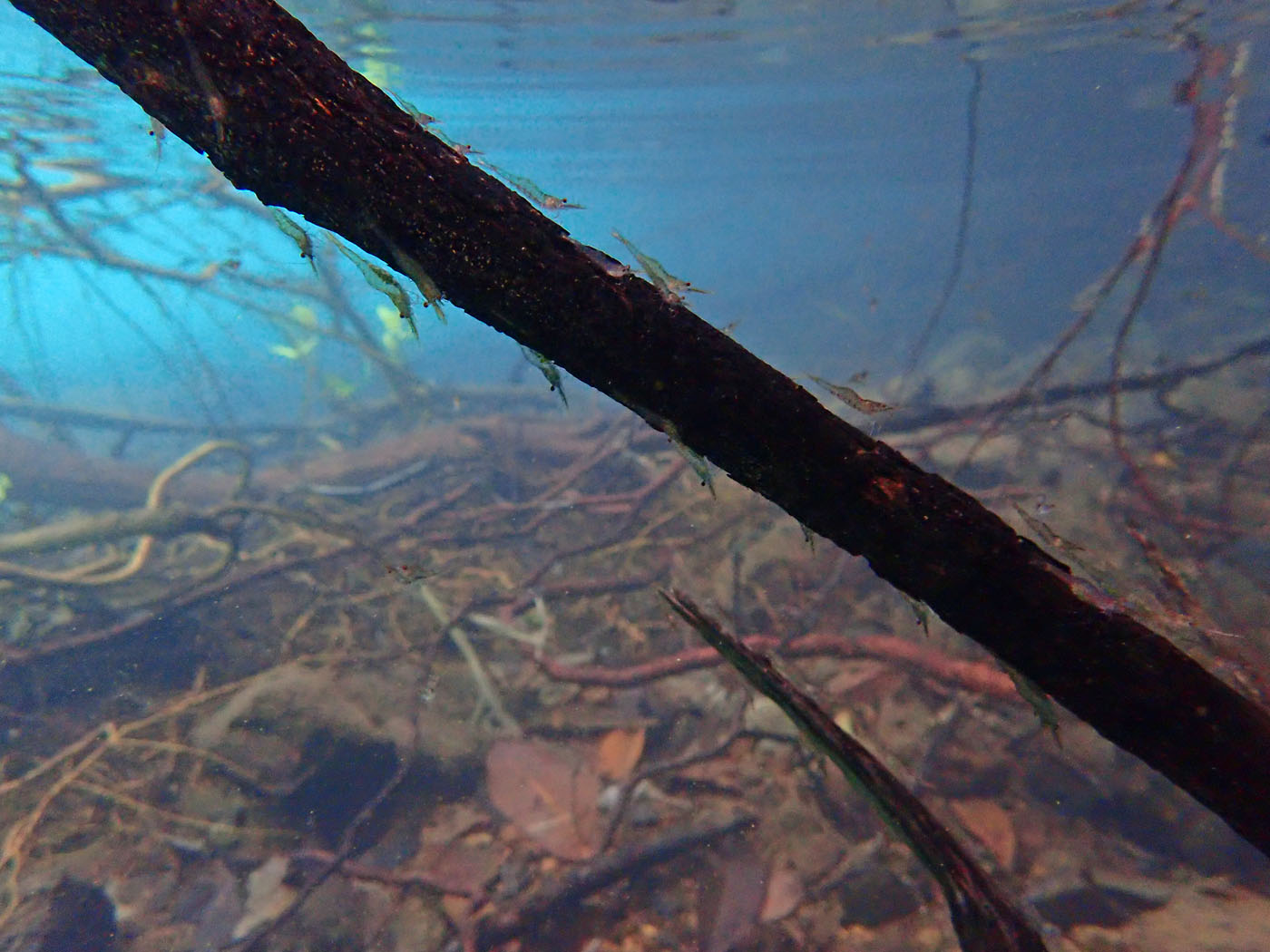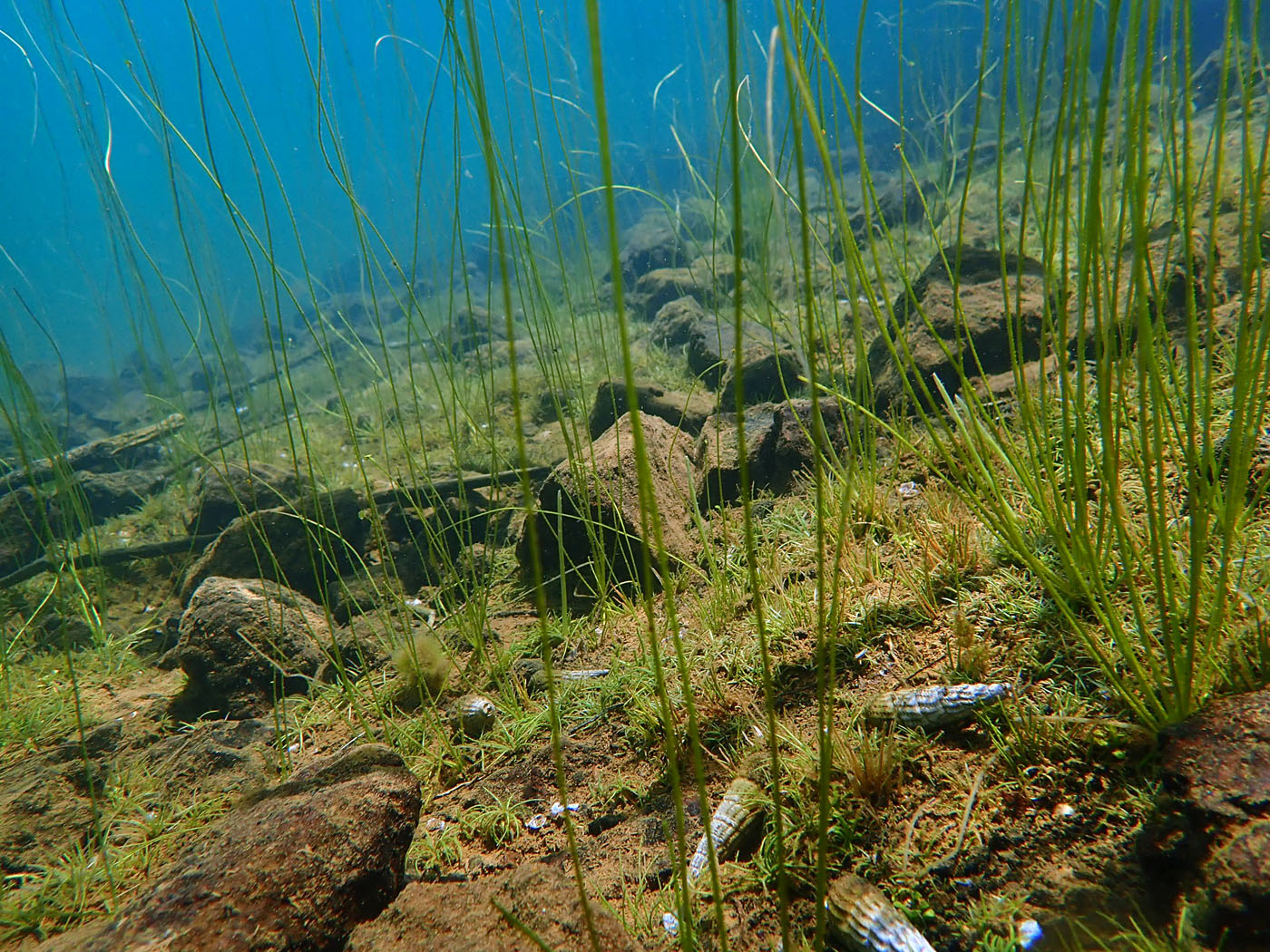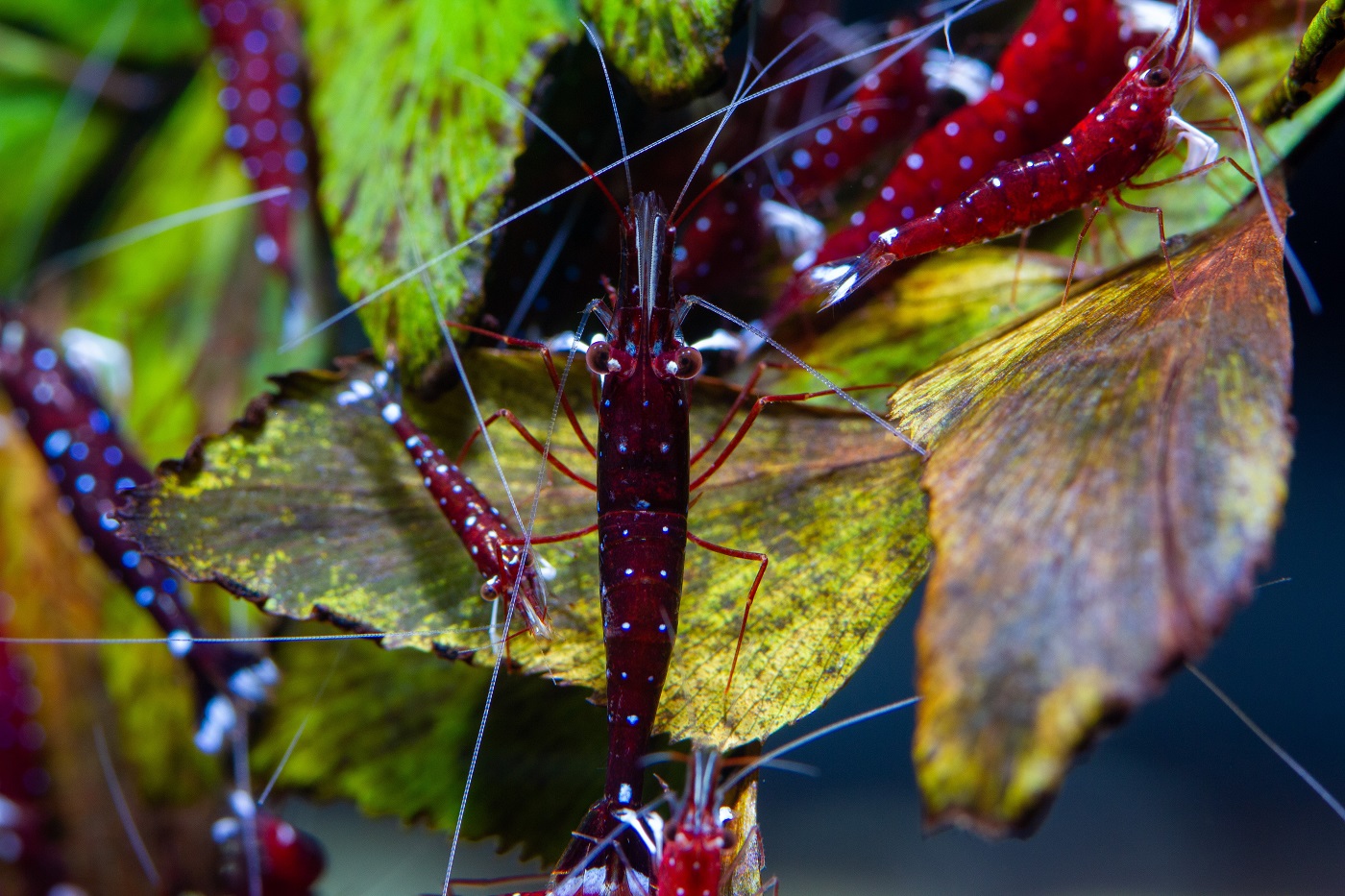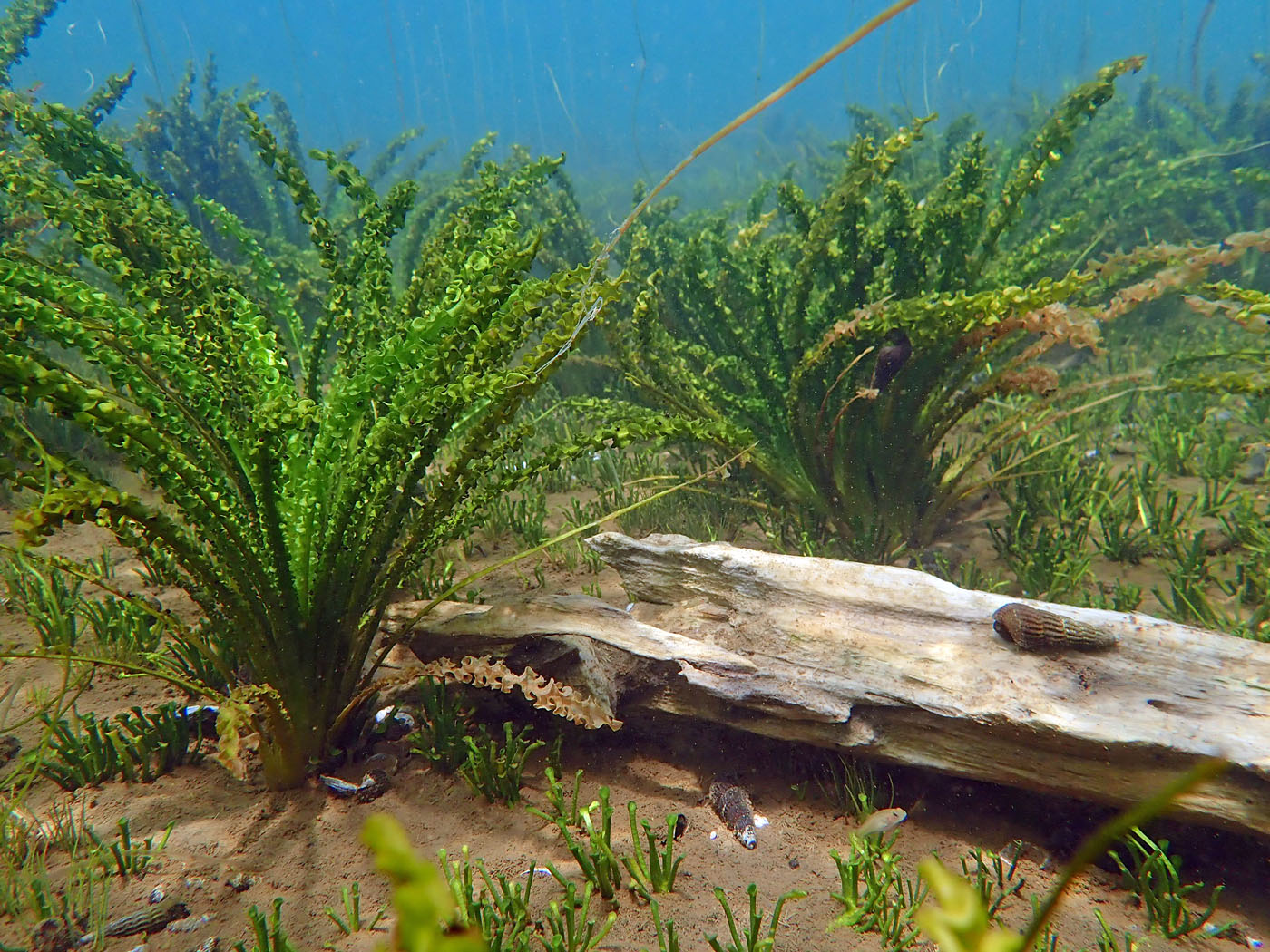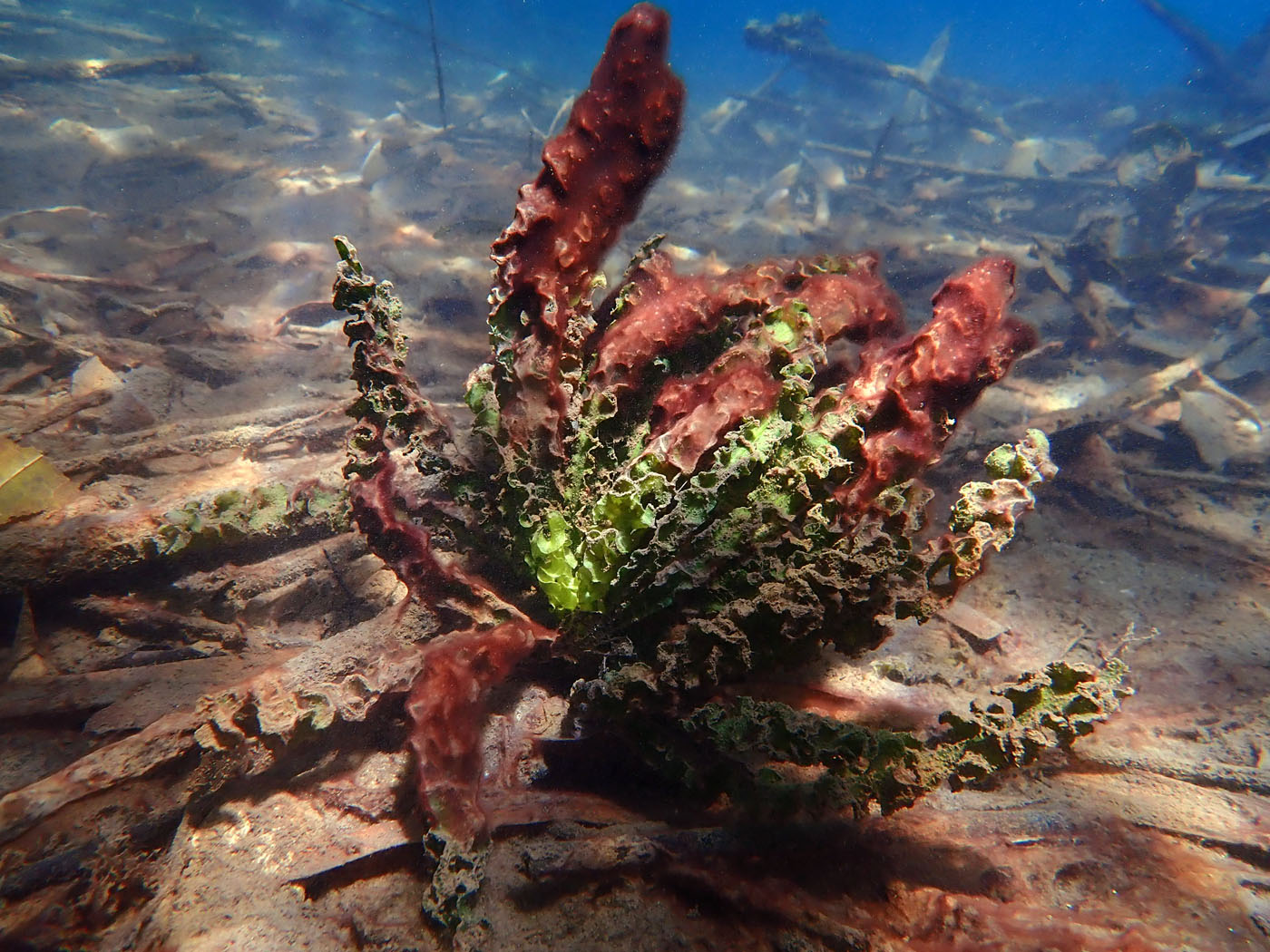Freshwater fauna of Sulawesi is at risk of extinction
We admire them in our aquariums. We protect them in their homes. Aquarists, scientists, zoo keepers, conservationists… we all work together.
"Dream island" of Sulawesi
Sulawesi, governed by Indonesia, is one of the Greater Sunda Islands and is located east of Borneo. It is famous for its unique freshwater life – species of fish, shrimps, crabs, snails and other invertebrates and plants not found anywhere else on this planet.
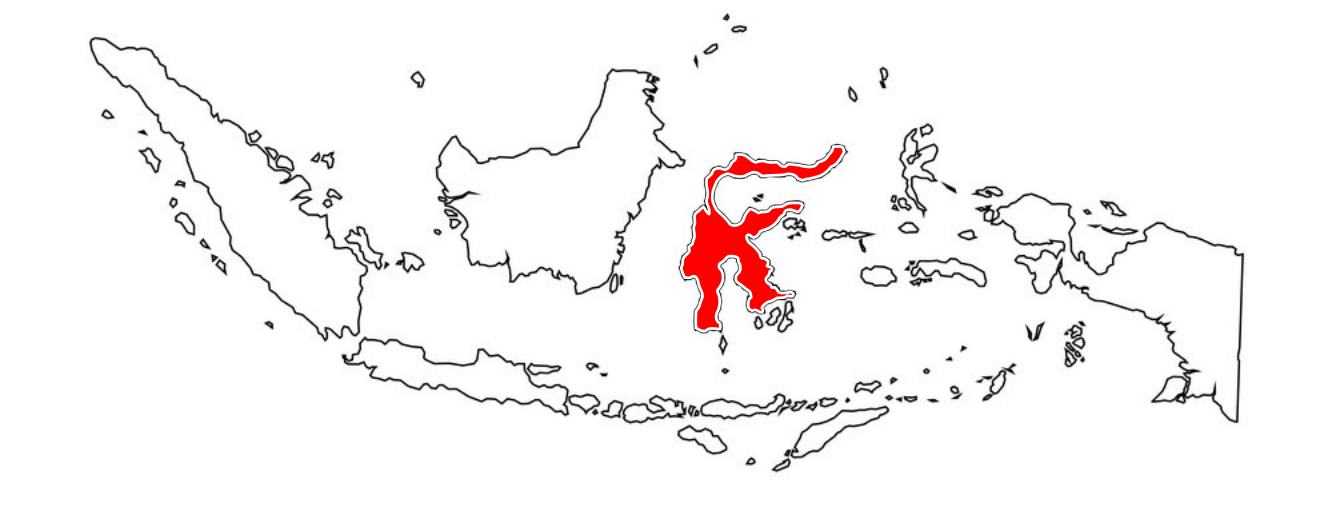 Map of Indonesia with Sulawesi (in red)
Map of Indonesia with Sulawesi (in red)
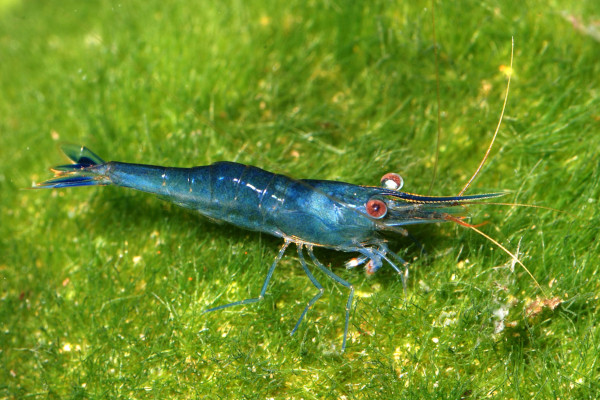 Caridina sp. from Lake Poso
Caridina sp. from Lake Poso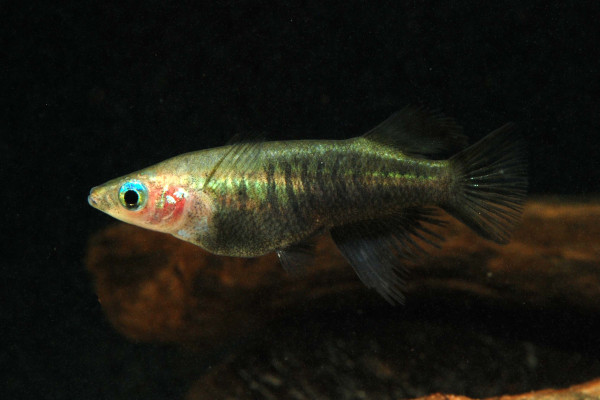 Oryzias eversi
Oryzias eversi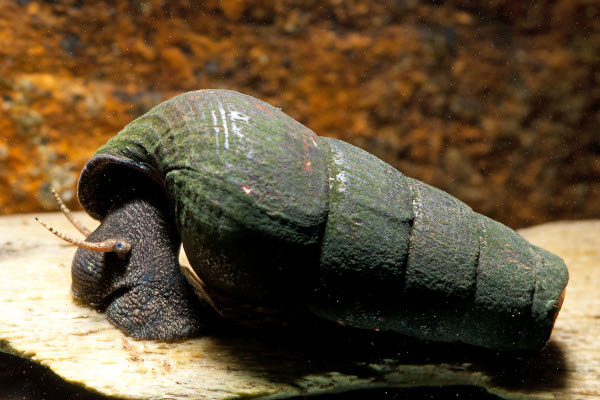 Tylomelania sp. from Lake Towuti
Tylomelania sp. from Lake Towuti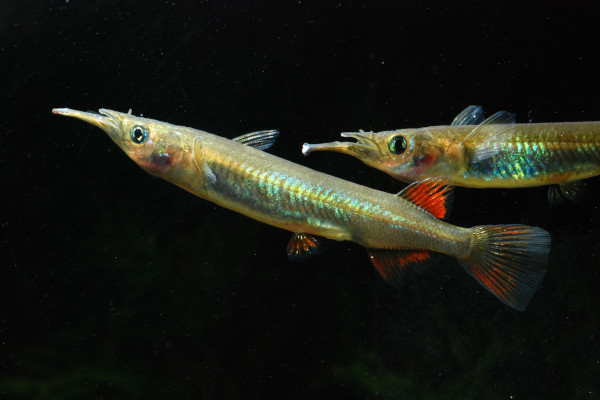 Dermogenys orientalis from Maros
Dermogenys orientalis from Maros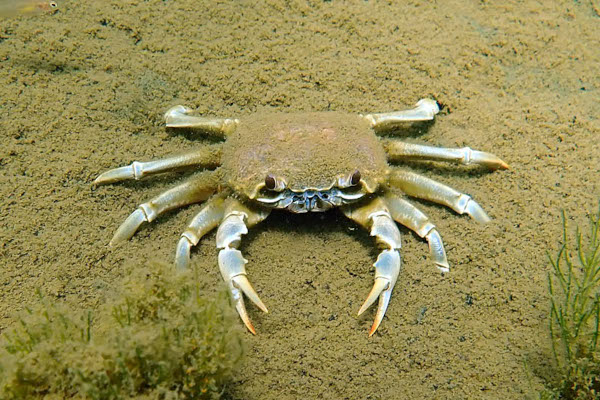 Crab from Lake Towuti
Crab from Lake Towuti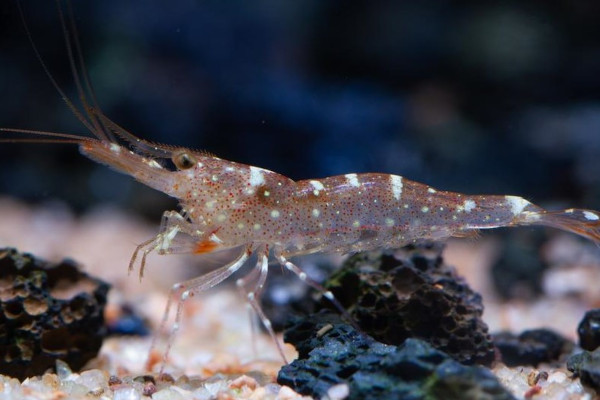 Caridina longidigita
Caridina longidigita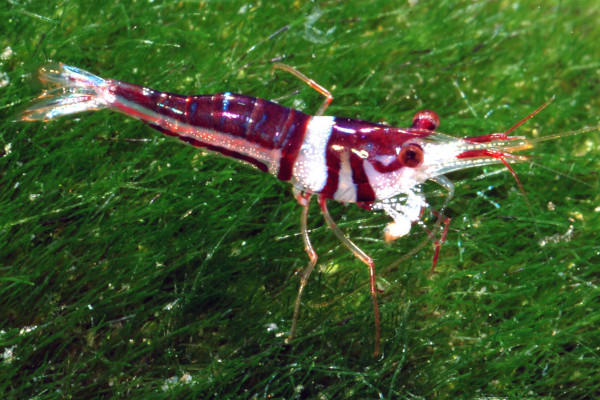 Caridina woltereckae
Caridina woltereckae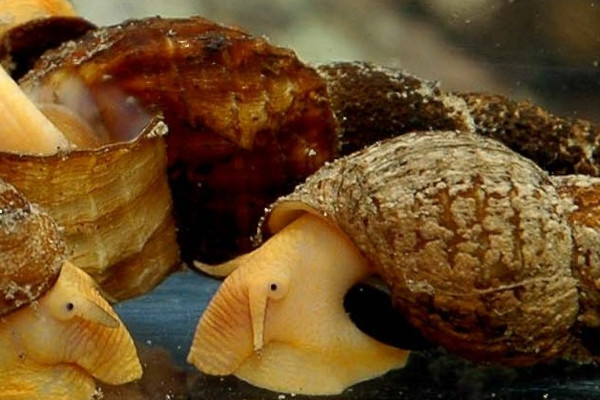 Tylomelania sp. from Saluopa
Tylomelania sp. from Saluopa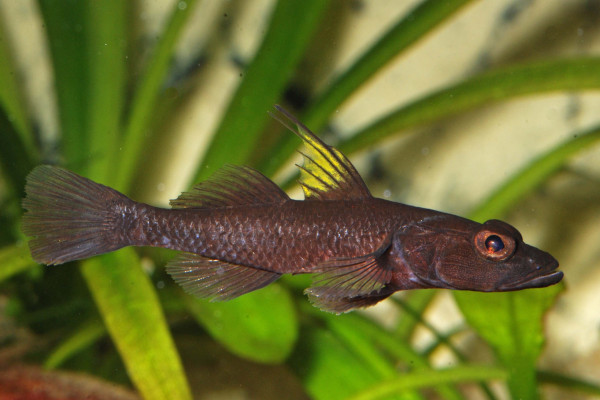 Glossogobius flavipinnis
Glossogobius flavipinnis
When I went to Sulawesi for field research, I was amazed by the impressive underwater world. Crystal-clear lakes with diverse habitats that provide a home for mostly endemic species made my field work an adventure every day. These animals display fascinating adaptations in their appearance, ecology and behavior and were a joy to watch underwater. Many of them showed special peculiarities that I did not know before and experienced there for the first time…
Jan Möhring, Sulawesi Keepers' expert
Laboratory of evolution
Most of the diversity of the aquatic fauna is found in the lakes of central Sulawesi: Lake Poso and the Malili lake system, which is made up of three large lakes (Matano, Towuti, Mahalona), two smaller lakes and interconnected waterways.
These lakes are of tectonic origin and they are estimated to be over 1 million years old. They have a significant depth (Matano is 590 m deep!), a unique chemical composition, but above all, they are home to hundreds of species ranging from diatoms to fish that do not live anywhere else on earth. 99% of the species living in Malili Lakes are endemic to them! That is why it is so painful to see how this underwater paradise is being destroyed and many species are disappearing.
Did you know that the beautiful and popular shrimp Caridina dennerli is facing extinction?
This tiny red crustacean is only known from a single Sulawesi lake Matano. Along with the spread of invasive fish, shrimp numbers are rapidly declining. Despite an intensive search in 2017 and 2018, not a single specimen was found! The IUCN Red List category for this species has been changed accordingly to "Critically Endangered (Possibly Extinct in the Wild)", see here.
But wait! In 2019, researchers with the help of local shrimp hunters found these iconic shrimps hiding under a thick layer of rocks in two places in Matano. Shrimps are not found on the places where they used to be, they stay deep under the rocks (at least 30 cm) hiding from the invasive predators. They are not safe there. The bottom is covered with a thick layer of mud and algae, which is not a normal condition, and the oxygen under the rocks can be easily depleted.
Can we find them on the next try?
… and it is not the only one…
Other shrimps are also affected by the invasive predatory fish. Nearly all 15 shrimp species from the Malili Lakes are classified as Critically Endangered with a single exception ("only" Endangered).
100%
of Sulawesidrobia snails are evaluated as Critically Endangered
16
out of 28 species ofTylomelania snails from Malili are Critically Endangered
1983
is the year when Adrianichthys kruyti and Mugilogobius amadi were last seen
6
is the number of Sulawesi freshwater crab species classified as Endangered
… However, what also struck me from the first day was the great abundance of non-native species that seemed to exist in every habitat we visited. Even in the smallest of creeks, one could find introduced barbs, catfish or guppies. The picture in the lakes is even more dramatic. In Lake Poso, a species of cichlid from Lake Malawi, which is often kept as an aquarium fish, was among the most abundant species, and underwater I often felt like I was in Africa rather than Southeast Asia. In addition, fisheries species such as tilapia, catfish and barbs roam in the waters. Some of these were introduced so long ago that locals actually consider them native. These introductions are having a major impact on the local fauna and I can imagine that extinctions are not only a possibility but have likely already occurred without our knowledge. It would be a shame to lose more of the unique diversity that can only be found in Sulawesi.
Jan Möhring, Sulawesi Keepers' expert
… and that's why we are here


